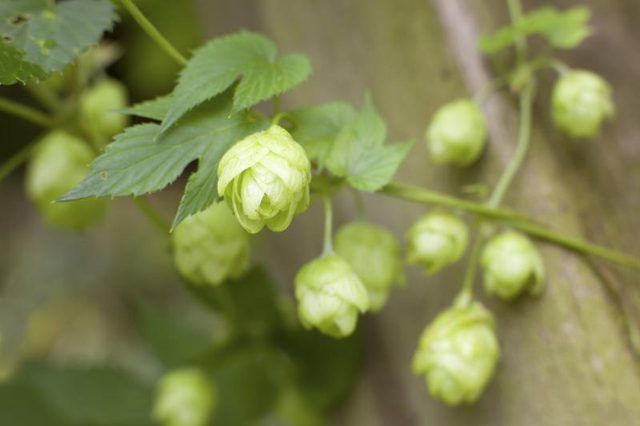Bulbs
Flower Basics
Flower Beds & Specialty Gardens
Flower Garden
Garden Furniture
Garden Gnomes
Garden Seeds
Garden Sheds
Garden Statues
Garden Tools & Supplies
Gardening Basics
Green & Organic
Groundcovers & Vines
Growing Annuals
Growing Basil
Growing Beans
Growing Berries
Growing Blueberries
Growing Cactus
Growing Corn
Growing Cotton
Growing Edibles
Growing Flowers
Growing Garlic
Growing Grapes
Growing Grass
Growing Herbs
Growing Jasmine
Growing Mint
Growing Mushrooms
Orchids
Growing Peanuts
Growing Perennials
Growing Plants
Growing Rosemary
Growing Roses
Growing Strawberries
Growing Sunflowers
Growing Thyme
Growing Tomatoes
Growing Tulips
Growing Vegetables
Herb Basics
Herb Garden
Indoor Growing
Landscaping Basics
Landscaping Patios
Landscaping Plants
Landscaping Shrubs
Landscaping Trees
Landscaping Walks & Pathways
Lawn Basics
Lawn Maintenance
Lawn Mowers
Lawn Ornaments
Lawn Planting
Lawn Tools
Outdoor Growing
Overall Landscape Planning
Pests, Weeds & Problems
Plant Basics
Rock Garden
Rose Garden
Shrubs
Soil
Specialty Gardens
Trees
Vegetable Garden
Yard Maintenance
How to Grow Hops
How to Grow Hops. Hops (*Humulus lupulus*) are perennial, twining vines that provide the cones used to flavor beer, and they can also be grown as ornamental plants. Only female plants bear the fragrant, butterfly attracting, flowerlike cones, and they produce them without the help of male plants. Hops are hardy in U.S. Department of Agriculture...

Hops (Humulus lupulus) are perennial, twining vines that provide the cones used to flavor beer, and they can also be grown as ornamental plants. Only female plants bear the fragrant, butterfly attracting, flowerlike cones, and they produce them without the help of male plants. Hops are hardy in U.S. Department of Agriculture plant hardiness zones 4 through 8, and grow 15 to 20 feet long and 3 to 6 feet wide. One plant produces several vines, which climb by twining around wires, trellis or similar supports.
Sun and Soil
Hops grow in sunny or partially shaded spots in the garden, and prefer moist, freely draining soil. A sandy loam soil with a pH between 6.0 and 7.5, and at least eight hours of sunlight every day provide the best results. Growing hops in an airy, open spot helps prevent a disease called powdery mildew, which can affect the plants.
Space hop plants 2 to 3 feet apart, in rows 8 feet apart. Hops don't produce many cones in their first year, but cone production increases as the plants get older.
Water Needs
Because of their large leaves, hops need plenty of water. When the weather is dry, established hop plants need 1 1/2 inches of water every week. Water established hops when the soil is dry to a depth of 1 to 2 inches. Hops more than two years old tolerate some drought.
Water newly planted hops so that the soil to the depth of the plants' root balls stays moist, but not soggy. Apply water when the soil surface is dry, or every three or four days. Spray water over the root area using a garden hose fitted with a soft spray attachment.
Compost and Fertilizer
Aged manure and high-nitrogen fertilizer supply the hops' nutrient needs. When new growth appears in spring, spread a 3-inch layer of aged manure around the base of the plants. Don't pile manure against the hop stems, because this can cause rotting.
When the vines are growing strongly in early summer, evenly sprinkle 1/2 tablespoon of a ready-to-use 21-0-0 fertilizer in a circle about 8 inches from the base of each hop plant. Don't allow the fertilizer to contact the hop stems. Water the fertilizer into the soil.
Hop Vines
Pruning and training hop vines helps produce the best cone production. Sterilize pruning shears by wiping the blades with a cloth that was soaked in rubbing alcohol, before and after pruning hops.
In spring, when hop vines are about 1 foot long, select the three thickest, most vigorous shoots. Prune all the other shoots at the soil surface. Wind the three remaining shoots clockwise around the wires or other support structure, and continue to wind them as they grow longer. Guide the shoots so they can grow apart, allowing light and air to penetrate. The side shoots from these main shoots will produce cones.
Ornamental Hops
Ornamental hop varieties provide colorful leaves to brighten garden displays. Common hop "Aureus" (Humulus lupulus "Aureus") has leaves that emerge yellow-green in spring, and turn a deeper green in summer. "Aureus" is hardy in USDA zones 3 through 8, and grows 15 to 25 feet tall and 3 to 6 feet wide.
Common hop Summer Shandy (Humulus lupulus "Sumner") is hardy in USDA zones 5 through 9. Growing 5 to 10 feet tall and 1 1/2 to 3 feet wide, Summer Shandy grows yellowish-green spring leaves that mature to golden yellow as the season progresses.